
(Originally posted March 9, 2009)
Spectacular Spider-Man 42 and Fantastic Four 218FF 218 was a favorite of mine when I was younger but I’d never read SS-M 42, so it was a real treat discovering this lost treasure after so many years.
Is that Bill Mantlo depicted on page 3 of SS-M 42 thinking about deadlines?
Poor Deb Whitman, she really opens up to Peter about her feelings of inferiority and he has to run off without an explanation. You really feel sorry for this shy girl, I want to give her a hug.
The Frightful Four’s plan of making Spidey think he’s meeting The Human Torch at the Statue of Liberty is a good one, and for once a villain’s plan is also well executed. If only the second half of their plan had gone as well.
It really makes me laugh how the Trapster glues Spidey’s mouth and then they realize they can’t take his mask off.
The second issue starts off with a real tour-de-force performance by my namesake. The Trapster disguised as Spider-Man single-handedly defeats The Human Torch and the Thing. Of course his zenith and his nadir are very close together as at the end of the issue he passes out when confronted by a battle ready Human Torch, Thing and Invisible Woman.
I’ve always loved the scene where Sue, in her nightgown instinctively turns invisible when she is attacked but realizes too late that the nightgown isn’t made of unstable molecules. Whoops!
I think it is no accident that Sandman is sucked into a vacuum cleaner just like his first appearance in ASM 4 and Electro is brought down my a fire hose just like his first appearance in ASM 8. Everything old is new again! But you would think Sandman could just expand his body until the vacuum broke, guess Reed’s vacuums are made of unstable molecules too.
Spectacular Spider-Man 43The first issue of the Belladonna Saga’s art is kind of poorly reproduced in the Essential. It’s very dark and sketch-like. Is the art in the actual issue better?
This is the first appearance of Roderick Kingsley and it’s kind of hard to believe this jerk ends up being Hobgoblin. Does the Goblin serum also subliminally teach you a course in Super Villain studies? Because this guy just doesn’t strike me as the type to know anything about a life of crime.
Spectacular Spider-Man 44 and 45I was disappointed with the Vulture saga. The art by Steve Leialoha and Alan Gordon in the first issue is ok, but I thought the Vulture’s reveal on the final page looked really odd. The proportions are off and the face doesn’t look like the Vulture at all to me.
The art in the second issue is better, but something about Marie Severin’s art bothered me for her whole run. It was serviceable art, but uninspired, cartoony and mundane, it lacked that certain something that makes comic art great.
I was especially disappointed with the scene of a chained up Spider-Man in a coffin, slowly traveling down a conveyor belt towards a furnace. I immediately started humming the 60’s Batman theme. To make matters worse for some odd reason there was a trap door of some kind so that Vulture and everyone else doesn’t see Spider-Man escape. This sequence is so hackneyed it’s completely cliché, but not in the cool Quentin Tarantino way where it ends up being retro-chic. It’s cliché in the way that having the butler be the murderer in a mystery is cliché; it just shouldn’t be done!
 SS-M Annual 2
SS-M Annual 2This clunker is quite possible the worst issue of Spider-Man ever. The art by Jim Mooney is not up to his usual standards and the story by Ralph Macchio is atrocious.
The story is about a guy that seems like a super-hero named the Rapier. He’s a Zorro-like hero who fights with a… you guessed it… a rapier. He’s also wired the sword so that it shoots an electro-stun.
Anyway Spider-Man and him fight some hoodlums at a dock and part as pals.
The scene changes to, the Bugle even though Peter’s been working at the Globe in SS-M. At the Bugle is Silvermane even though in the last SS-M issue he’s dead and Vulture is carving up the mob. Anyway, it is kind of neat that Silvermane threatens JJJ, but he refuses to back down.
Then we see the Rapier again and he’s fencing. Fencers use foils, not rapiers. Foils don’t have sharp tips.
Since I used to be a photojournalist. It’s kind of neat to actually see one of the Bugle’s photo spreads on p 17.
Then it turns out that the Rapier used to be Silvermane’s partner and he was betrayed and he’s been plotting his revenge all these years. Instead of leaving his life of crime behind the Rapier still has not learned. Even though he found happiness with a woman Clarissa he still craves power and prominence. He is no hero.
Spider-Man defeats the Rapier and he starts to run away, but Silverman shoots him in the back as he escapes and the Rapier limps away into the night claiming he will seek revenge again later.
After reading the story I was left wondering why did they write a Spider-Man story where a really crappy Super-Villain is the focus instead of Spider-Man?
Spectacular Spider-Man 46After recently reading all those Cobra and Mister Hyde team-ups in the early days of Thor it was fun to see the Cobra escape and leave a pleading Hyde behind.
The art by Mike Zeck in this issue is great and so is Roger Stern’s script. The issue is a fun nostalgic stand-alone.
Spectacular Spider-Man 47-48The Belladonna storyline is picked up again after a 3-issue gap. I hate to belabor the point but I still don’t like the Marie Severin art.
Does Mrs. Vaugh-Pope look like Cybill Shepard to anyone else?
I like that Hobie Brown was brought back and it was fun that a villain stole his costume, but the blah art makes the whole thing seem pedestrian.
The cover to issue 48 by Frank Miller is actually really cool, very film noir, a real winner. It looks better in black and white though.
I loved the sequence in Peter’s apartment where he ends up burning the large teddy bear. Not sure why some weirdo ends up taking it out of the garbage. One man’s trash is another’s treasure I guess.
This issue has further proof that Kingsley is hardly Hobgoblin material he falls for the oldest trick in the book when he shoots a Spider-Man mannequin as it falls from his skylight. Something as light as a mannequin falling wouldn’t look anything like a man.
Spectacular Spider-Man 49This issue is at first glance nothing special, but it does have lots of fun moments, like Spider-Man throwing a spider-tracer at a car only it hits a bird instead.
Spider-Man is on top of a speeding van and he’s about to tear the roof off. However, his spider-sense goes off, someone is firing a machine gun from a helicopter. Instinctively Spider-Man jumps off the van and onto the entrance of the Holland Tunnel. I shout at the comic, “You moron if you’d stayed on, they couldn’t have fired at you once you were in the tunnel.” Of course Spider-Man thinks the very same thing to himself in the next panel so all is forgiven.
The last classic scene is Spider-Man traveling to Brooklyn on top of a subway with a hoodlum over his back. Two transit workers see them but don’t want to believe it.
The last thing I’ll say is that this super-villain the Smuggler is a lot of fun because Spidey beat the tar out of him, but the guy just keeps coming due to invulnerability. Finally Spidey just webs him up and holds him over his head.
This issue is the start of a White Tiger solo back up feature which runs for 3 issues before the solo story is resolved in the main feature of Spectacular Spider-Man 52. The art by Denys Cowan has a really great noir feel. These first 6 pages are mostly taken up by exposition, but we learn that a villain murdered the White Tiger’s whole family. I always had a feeling that the Tiger was going to be used as a dark parallel to Spider-Man, but knowing still doesn’t prepare you for the reality of how sad it is to see a good man’s life unraveling
 Spectacular Spider-Man 50-51
Spectacular Spider-Man 50-51This anniversary issue reaches way back and reveals the truth behind one of Spider-Man oldest adversaries. I wonder how long Roger Stern had this story in mind. Did he read ASM 2 when it first came out and wonder if the aliens were real?
The issue starts off where the last one let off. Spider-Man has lifted the webbed up villain the Smuggler over his head and is thinking what a pain it is going to be to drag this guy all the way back to Manhattan. After a rematch with the Smuggler’s hoods in which the Smuggler’s incapacitated body is repeatedly used as a projectile and punching bag, Spider-Man carries the Smuggler to the subway station and hops onto the roof of a train going back to Manhattan. On the way, the Smuggler tears through the webbing but ends up being electrocuted by the third rail. Then Spidey leaves the unconscious Smuggler behind because the transit workers we met last issue say they radioed the police. This left me to wonder, how well equipped are the NYPD in the Marvel Universe? Is every police station prepared to take on a Super-Villain prisoner or is there a special unit or department? Given the hard time the Smuggler gave Spider-Man I can’t help but think the cops are going to have a hard time with this guy.
The next morning Peter and Deb go to see Aunt May who now has a fiancée. They all go out to lunch and then get attacked by the aliens Spider-Man fought way back in ASM 2. The aliens want Aunt May, but Peter claims that he has what they want so they just take him. Then on the last page the aliens are revealed to be working with Mysterio.
In the second installment of the White Tiger, he and Blackbyrd interrogate a hoodlum who ultimately reveals the hideout of the men who killed the Tiger’s family. It of course turns out to be a trap and the comic ends with the White tiger being held down and about to be killed by a man calling himself Gideon Mace.
Issue 51 has another great Frank Miller cover. In this one, Spider-Man is punching Mysterio so hard his globe flies off.
In the issue Mysterio tortures Peter Parker with images of Aunt May in a fire and Spider-Man yelling at him. Peter pretends to pass out and they throw him in a cell. Peter breaks out, puts on his Spider-Man costume, and goes looking for trouble. What he finds out is that the aliens aren’t really aliens, they’ve always just been guys in rubber suits. It was all the special effects magic of Mysterio, who it turns out was the man responsible for the original fake out in ASM 2.
Mysterio has captured Deb Whitman but Spidey finds his way into Mysterio’s control room and uses the special effects against Mysterio. While Mysterio is busy fighting multiple imaginary Spider-Man, Deb manages to turn the tables on him and hit him over the head (dome) with some sort of model. Then it’s the real Spider-Man’s turn to get some licks in.
Meanwhile in the pages of the White Tiger, the Tiger manages to briefly turn the tables on Gideon Mace and his men, but just when it looks like he is going to be able to escape, he finds out the hard way that Gideon has bricked up the windows in the room and Gideon fires a machine gun at the Tiger hitting him several times.
 Spectacular Spider-Man 52
Spectacular Spider-Man 52This issue has a much darker tone then most Spider-Man issues, I mean just look at the Frank Miller cover which features the White Tiger getting shot by multiple guns.
The White Tiger who was shot multiple times by Gideon Mace in the last issue is thrown out of a car in front of the Daily Bugle, just as Peter Parker is walking by. Peter accompanies him to the hospital via an ambulance and while the Tiger fights for his life Spider-Man picks up the case.
Gideon it turns out is a military man who wants to kill all super-heroes. Spider-Man invades his secret base and single-handedly beats up everyone. These guys throw everything at Spider-Man including machine guns and flame-throwers but, he just keeps coming. Spidey at one point seems to throw a rock right at a land mine from just a few feet away, but somehow Spidey is fine.
Spider-Man briefly fights Gideon, but when his men rush into the room where they are fighting Gideon orders them to shoot at Spider-Man even if he is in the way. Spidey ducks and Gideon doesn’t so Gideon is the only one that ends up dying. Then Spider-Man shouts You IDIOTS! Are you as mad as he was? There’ll be no more killing tonight, do you hear? NO MORE KILLING!” This is one of the only times I remember Spider-Man really getting angry.
Hector aka the White Tiger survives the surgery, but he decides to give up his amulets and stop being the White Tiger. Hector and his girlfriend Holly get on a bus and start a new life somewhere far away.
Spectacular Spider-Man 53The Last issue in vol 2 of the SS-M essentials is the return of writer Bill Mantlo. This is a stand-alone story which features the Tinkerer a his various deadly creations.
At the end of the issue, it turns out that the big black guy, named Toy who seemed to be the Tinkerer’s henchman was really just another of his robot creations
Spider-Man seems to leave the Tinkerer crying over his destroyed creation. He thinks, “ I don’t know whether to call a paddy wagon or a head shrinker.” This left me to wonder whether or not Spider-Man called anyone at all. Did he just let the Tinkerer go?
 Originally posted Jan. 16, 2009
Originally posted Jan. 16, 2009












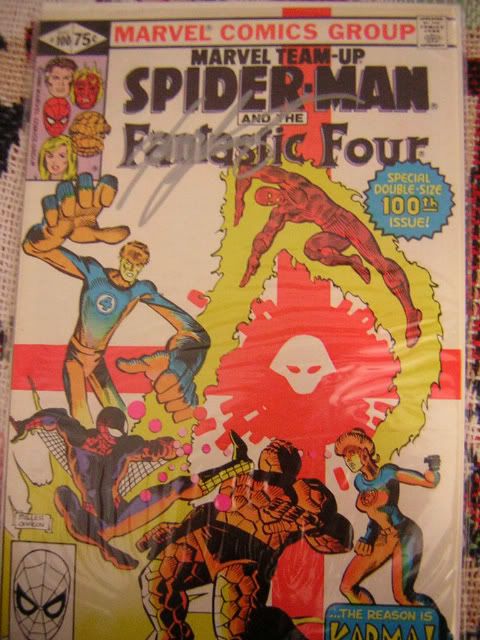
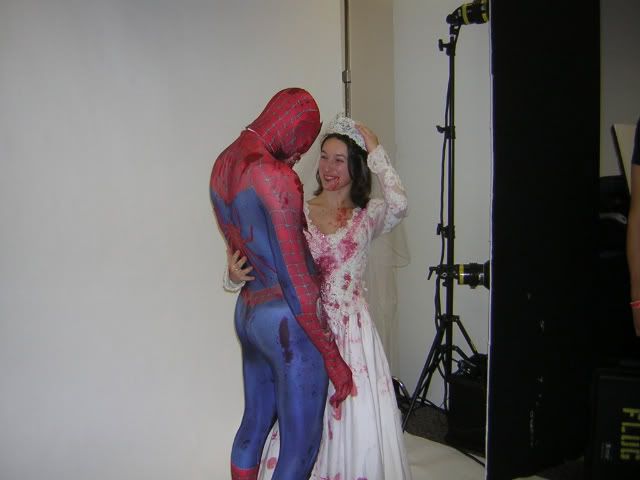
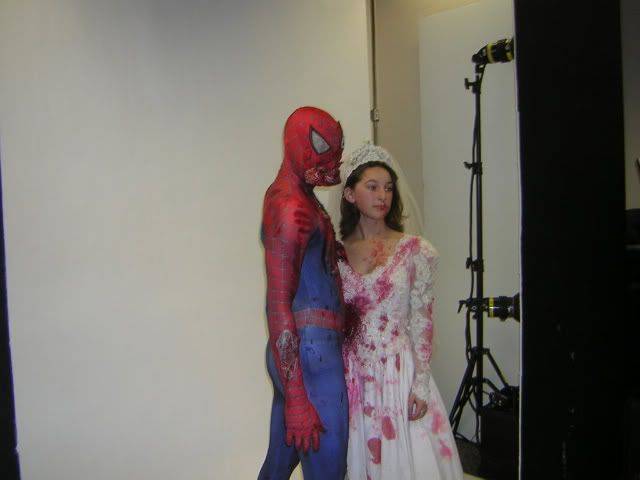
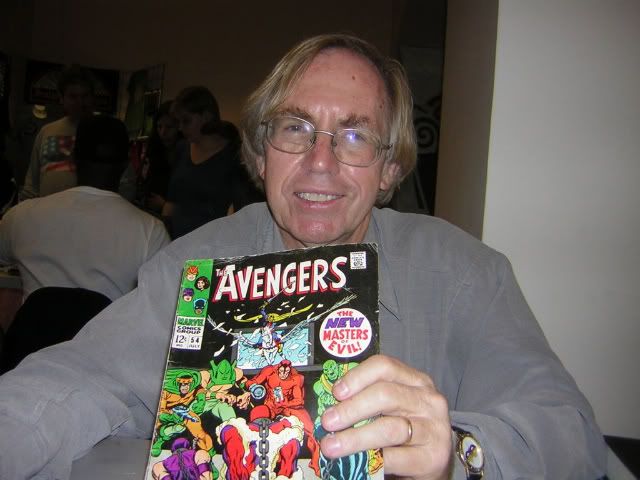
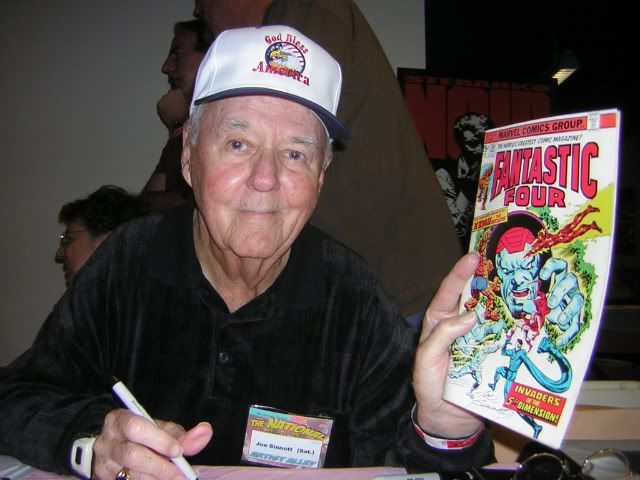
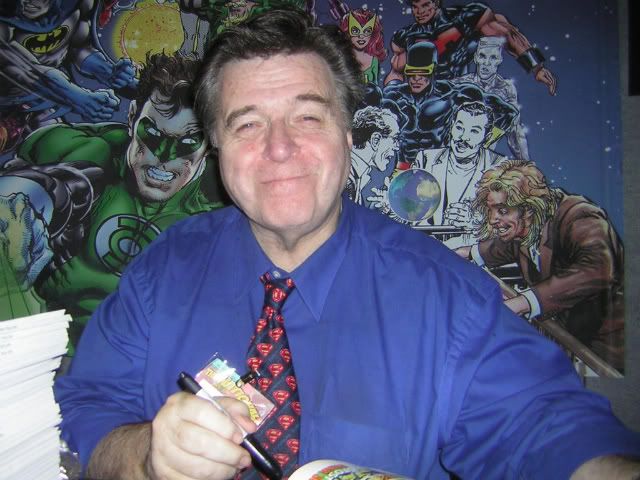
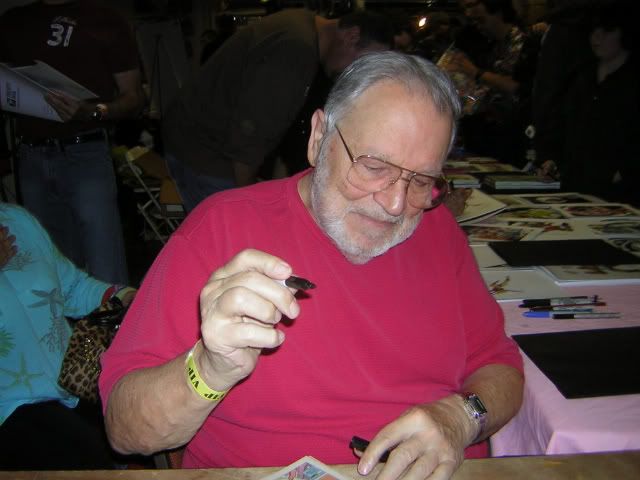
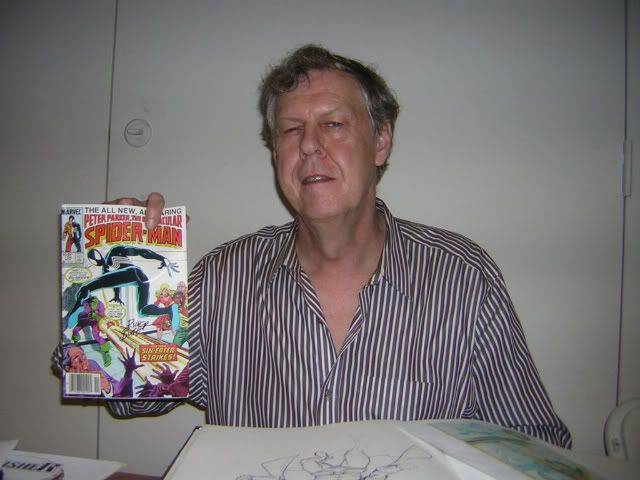

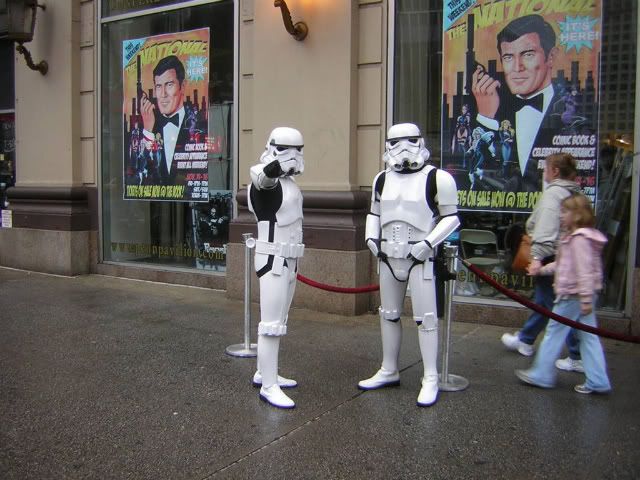
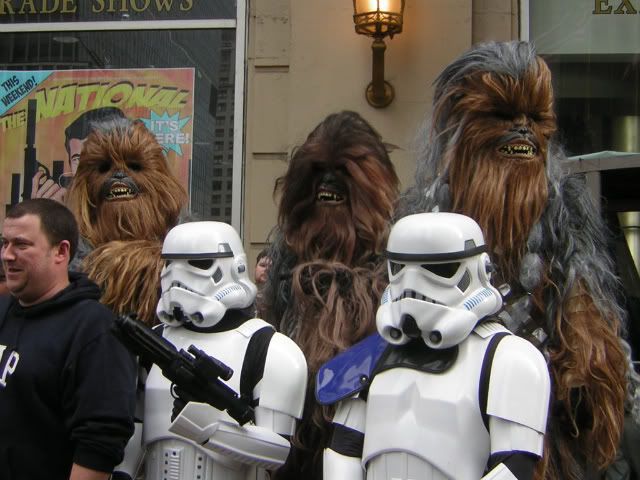
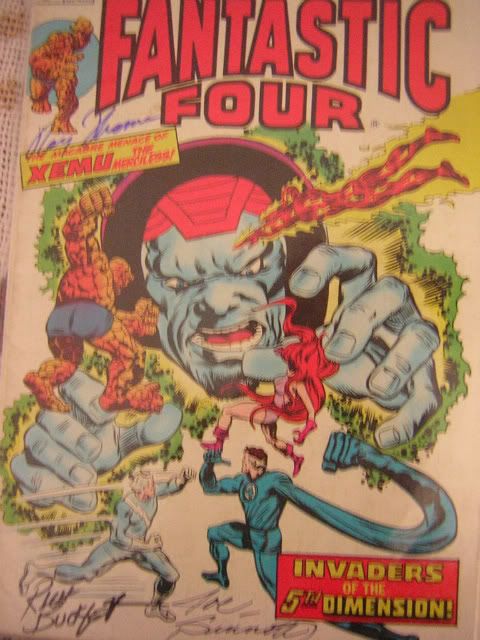

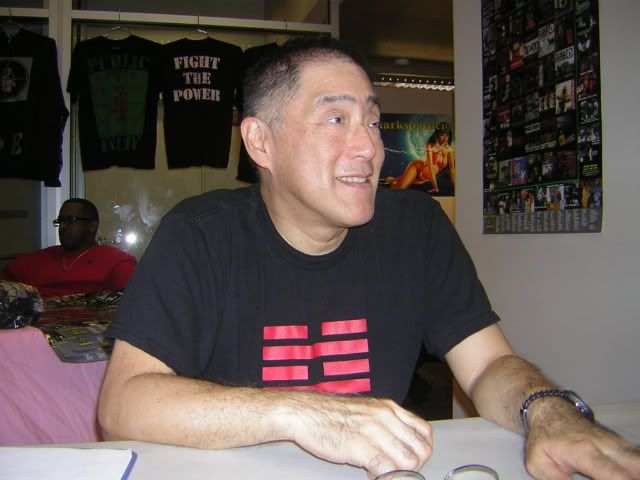






.jpg)